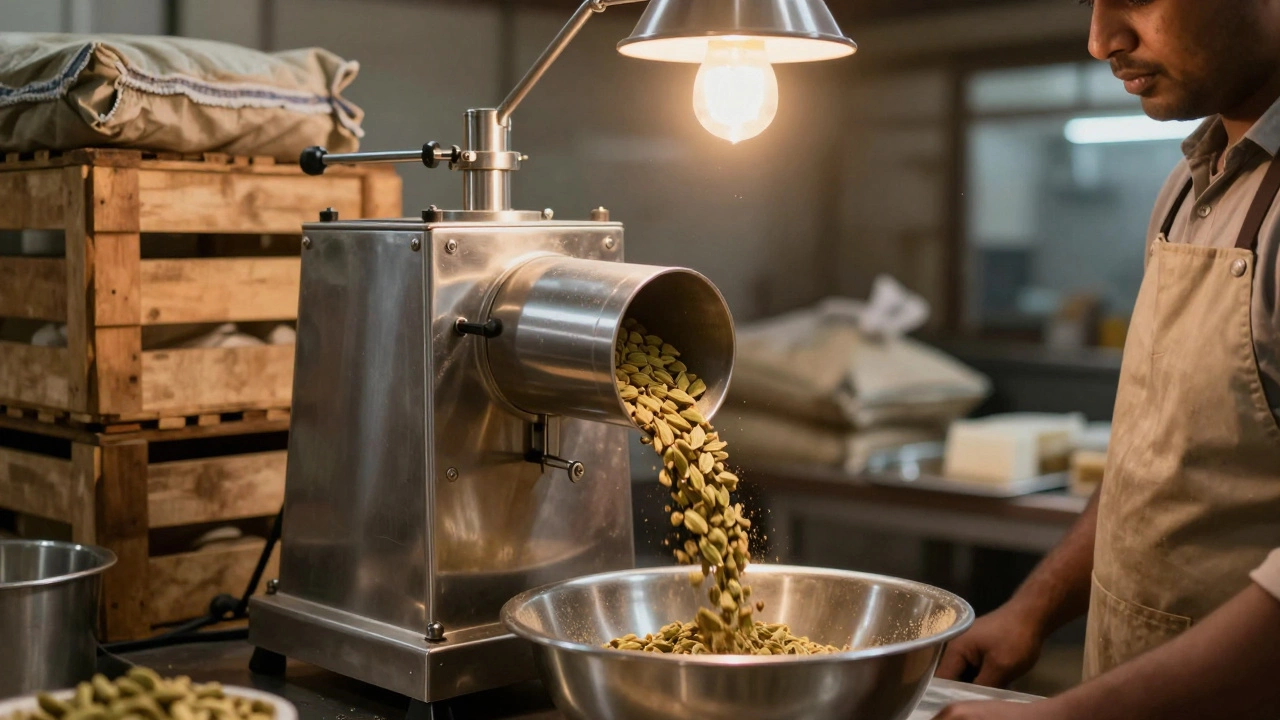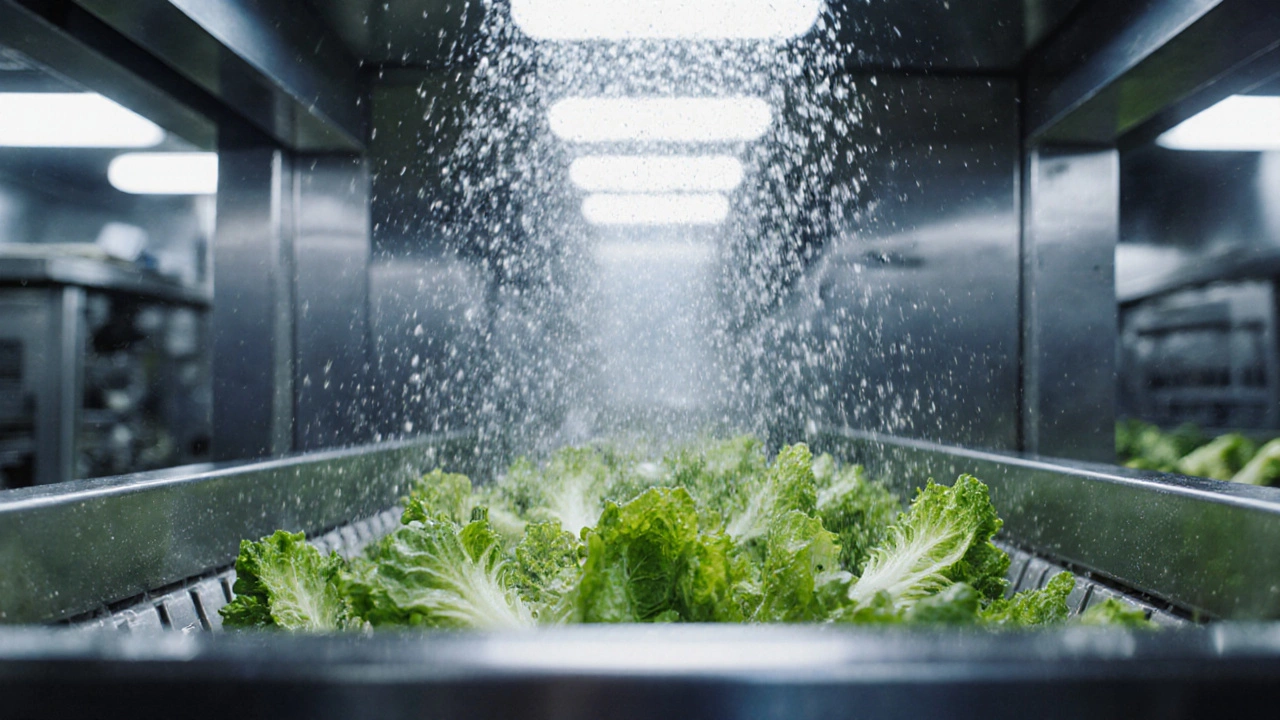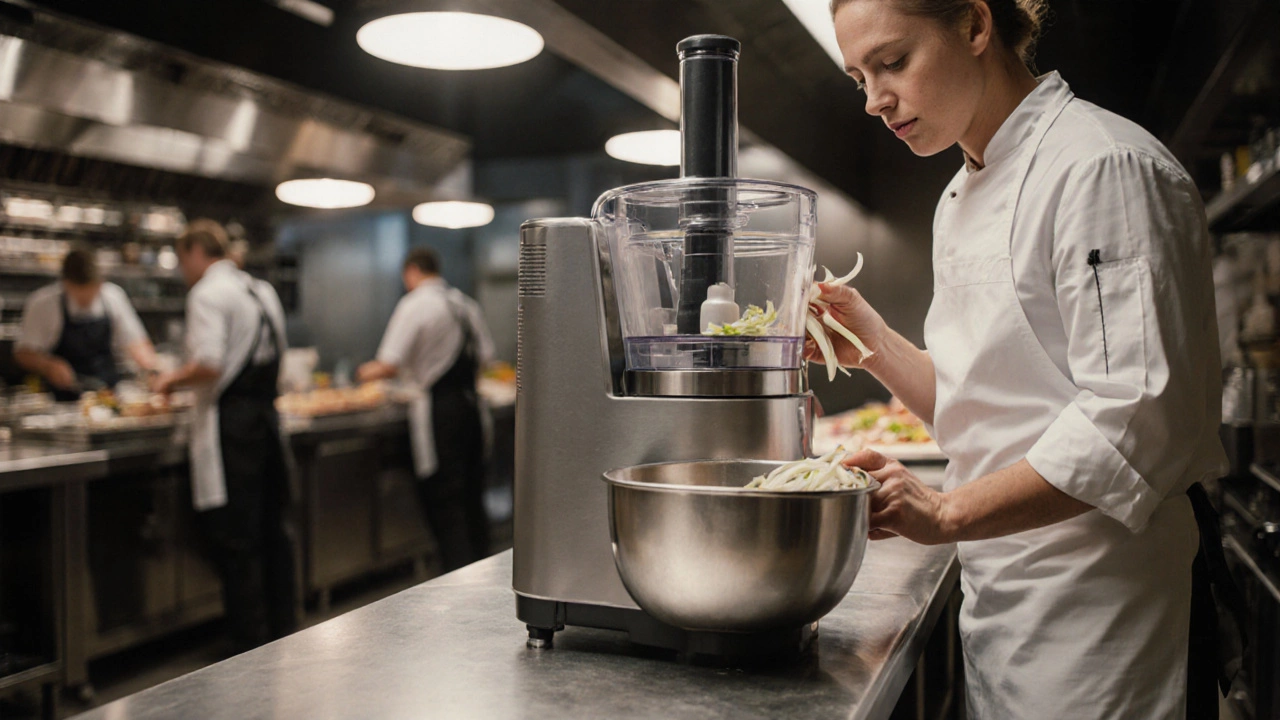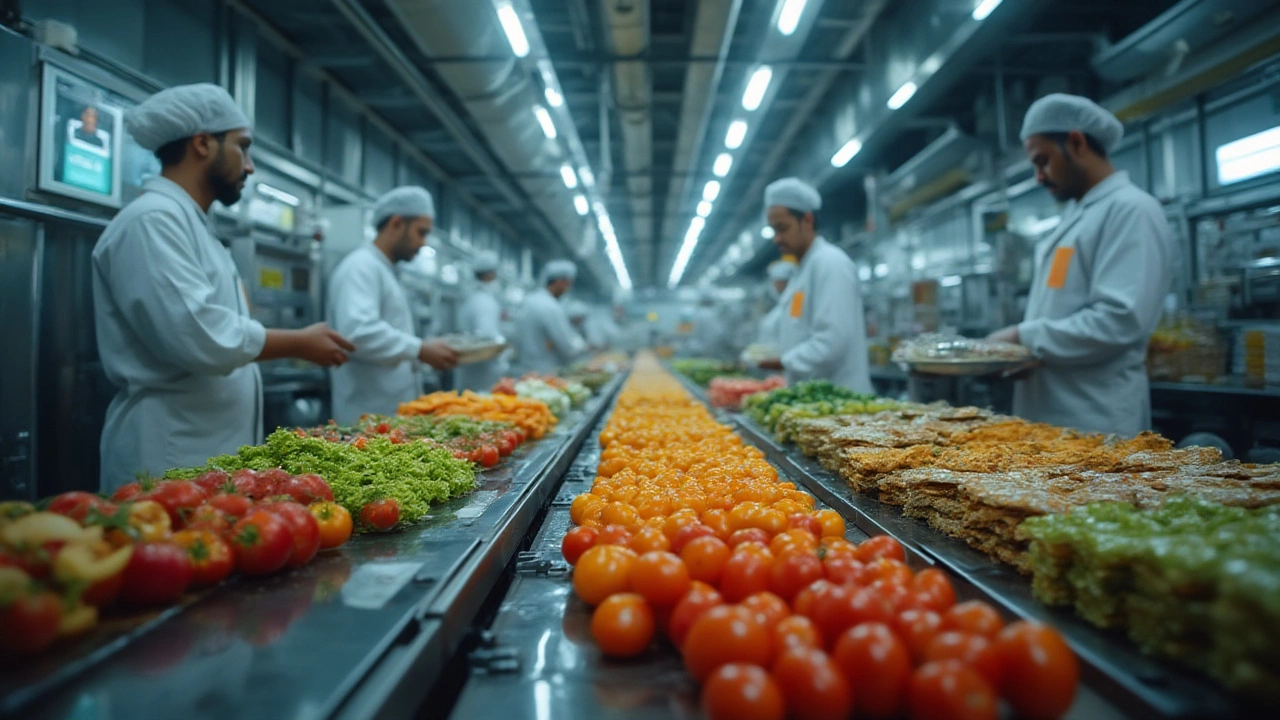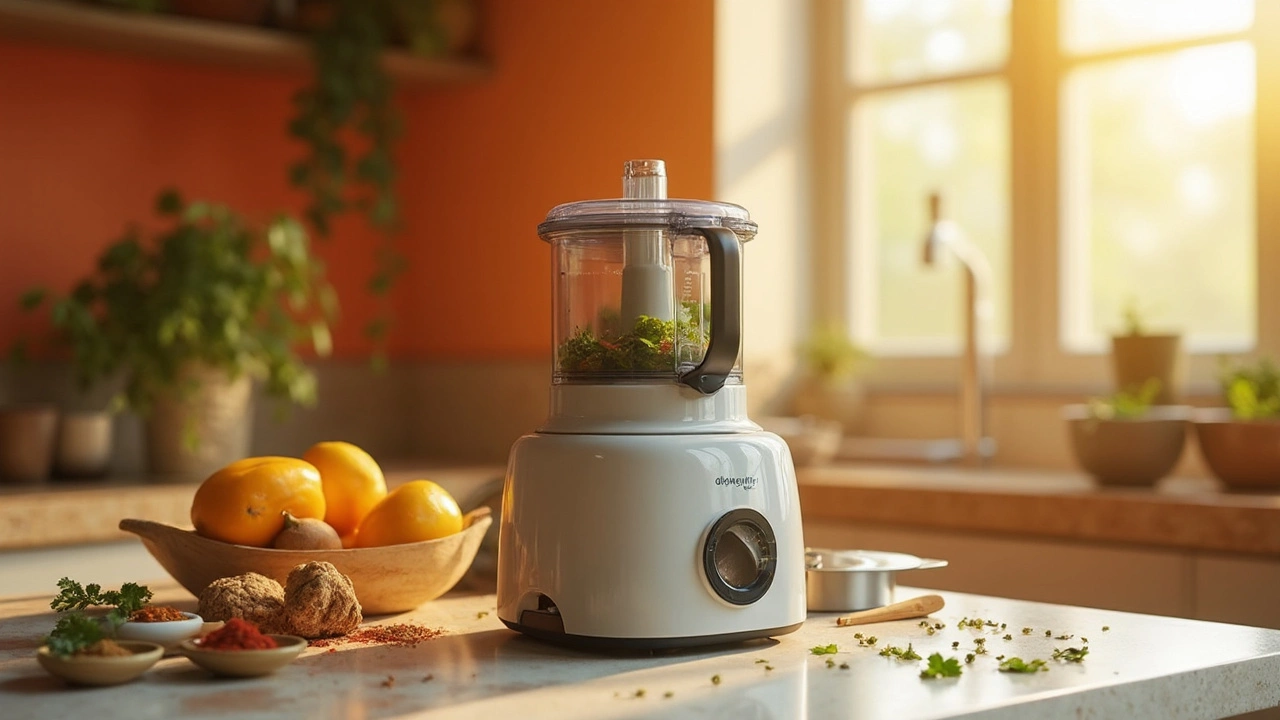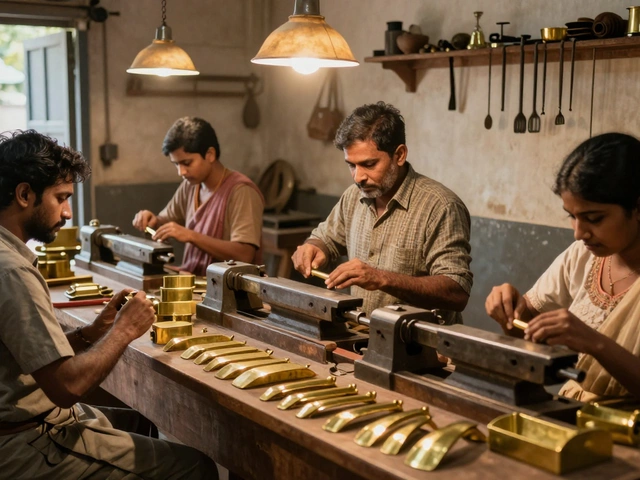Food Processing: How Food Moves From Farm to Fork
Ever wondered what happens to the vegetables you buy at the market before they end up on your plate? That journey is called food processing, and it touches everything we eat. In India’s booming manufacturing scene, understanding this chain helps you spot quality, stay safe, and even save money. Below you’ll find clear, bite‑size articles that break down the whole process – no jargon, just practical info you can use right away.
What You’ll Find in This Section
We’ve gathered a mix of topics that cover the whole spectrum. Want to know why a particular snack is called “the unhealthiest food”? Check out the article that names the biggest culprits and gives quick swaps. Curious about how a massive food factory works? There’s a step‑by‑step look at the machines, safety checks, and daily hustle inside a processing unit. If you’re more into the basics, we explain the three major types of food processing – primary, secondary, and tertiary – with everyday examples like canning tomatoes or turning milk into cheese.
For the kitchen‑savvy, we also dive into the pros and cons of using a food processor at home. One piece warns about the bulky design that can hog counter space, while another lists the items you should never feed into the machine to avoid damage. These quick tips let you get the most out of your gadgets without costly mistakes.
Practical Tips You Can Use Today
Start by spotting unit operations the next time you cook. Those are the little steps – washing, chopping, heating, cooling – that turn raw ingredients into a finished dish. Knowing them helps you understand why certain foods last longer or taste better. When you shop, ask yourself: is this product a result of primary processing (just cleaning and sorting) or has it gone through secondary steps like fermentation? The answer often clues you into nutritional value and price.
If you’re looking to cut down on junk, focus on the “worst offenders” list. Swap sugary sodas for infused water, replace heavily processed snacks with roasted nuts, and read labels for hidden trans fats. Simple swaps can dramatically improve health without breaking the bank.
Thinking of buying a new food processor? Measure your kitchen space first. Many models are wider than a standard oven door, so plan where it will live before you checkout. Also, keep liquids, whole nuts, and hard bones out of the bowl – they can jam the motor and shorten the appliance’s life.
Finally, keep an eye on food safety standards in Indian factories. Look for certifications like FSSAI on packaged items; they indicate that the producer follows regulated processing steps and hygiene practices. When you see a clean label with clear ingredient lists, you’re likely dealing with a well‑managed operation.
Whether you’re a professional in the manufacturing sector or a home cook curious about where your meals begin, this collection gives you the tools to make smarter choices. Dive into the articles, pick the tips that fit your routine, and watch how a little knowledge can transform the way you eat and shop.
What Is the Difference Between a Processor and a Processing Unit in Food Manufacturing?
Understand the key difference between a food processor and a processing unit in food manufacturing. Learn when to use each, avoid common mistakes, and choose the right equipment for your scale.
Read MoreWhat Are the Unit Operations in Food Processing?
Explore the essential unit operations in food processing, from cleaning and sizing to pasteurization, drying, and packaging, with practical tips and a handy checklist.
Read MoreDo Restaurants Use Food Processors? Inside the Commercial Kitchen
Explore why and how restaurants rely on food processors. Learn about commercial models, safety, costs, and maintenance to boost kitchen efficiency.
Read MoreWhat is the #1 Unhealthiest Food? Exploring the Worst Offenders for Your Health
Discover what experts call the unhealthiest food, why it's so bad for you, and simple hacks to avoid it. Get the facts, real-life examples, and actionable tips for better eating.
Read MoreFood Processing Units Explained: How Food Factories Work and What You Should Know
Explore how a food processing unit transforms raw crops or meat into packaged goods. Dive into the machines, tech, safety, business, and daily life tied to food factories.
Read MoreUnit Operations in Food Production: The Backbone of Food Processing
Unit operations are the step-by-step building blocks that transform raw ingredients into the food we eat daily. This article explains what these operations are, why they're important, and how they affect everything from shelf life to taste. You'll get simple explanations, real-world examples, and practical tips to understand and spot these operations next time you're in your kitchen. The focus is on helping you see how everyday foods go from field to plate through a series of well-organized actions. Perfect for anyone curious about how the food industry really works.
Read MoreThree Major Types of Food Processing: What Sets Them Apart?
This article breaks down the three major types of food processing and how they shape what lands on your plate. You'll get straight facts on how food moves from the farm to your kitchen through different processing stages. The article shares real-world examples you know and use daily, tips to spot processed foods, and why each step matters. It also covers some lesser-known impacts on quality, safety, and price. You'll walk away ready to choose what fits your needs best next time you shop.
Read MorePrimary Disadvantage of a Food Processor
Food processors are a staple in many kitchens, praised for their convenience and versatility. Yet, they come with a downside: their often clunky and bulky nature. This disadvantage can make storage a challenge in compact kitchens. Understanding this drawback can help users make better purchasing decisions and optimize kitchen space.
Read MoreAvoid These Items in Your Food Processor for Best Results
Food processors are versatile kitchen tools but not everything belongs in them. This article highlights what you should avoid putting in your food processor to extend its life and improve food quality. From liquids to hard foods, knowing the restrictions can save you from mishaps. Whether you're new to using food processors or an experienced chef, staying informed will enhance your culinary adventures.
Read More